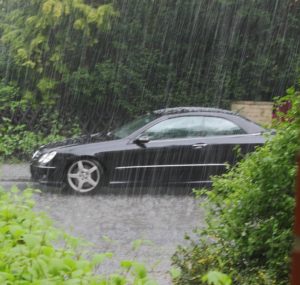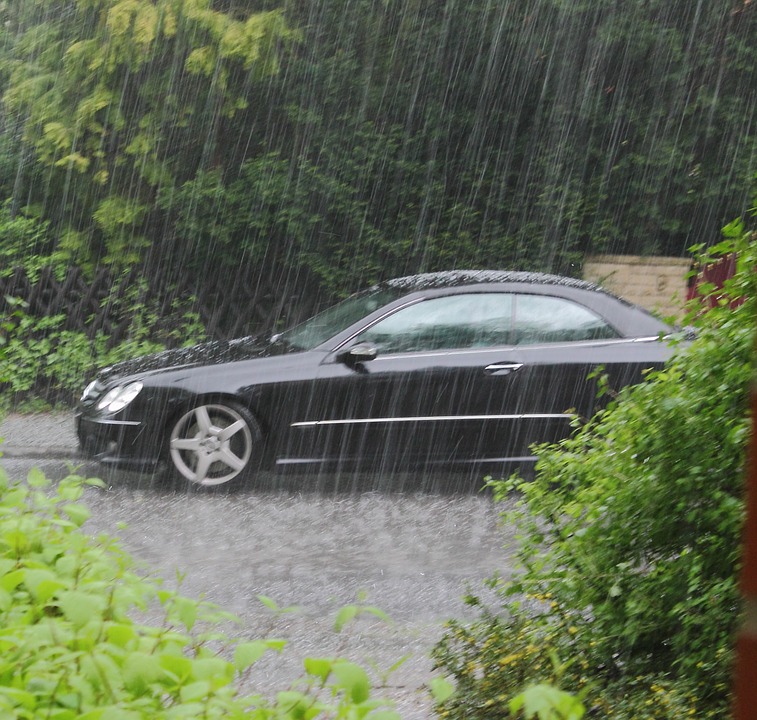Courtesy of iii.org
The western U.S. wildfires and this year’s active hurricane season have highlighted for vehicle owners the importance of having optional comprehensive auto insurance coverage, according to the Insurance Information Institute (Triple-I).
“Comprehensive provides coverage for fire and flood-damaged vehicles. Yet it only accounts for about 16 cents of every dollar a driver pays for auto insurance,” said Scott Holeman, Director, Media Relations, Triple-I. “Consumers need to be cost-conscious when shopping for any insurance product, but comprehensive coverage just makes financial sense, especially if you live in an area where either wildfires or floods are a threat.”
Every U.S. state except New Hampshire requires its drivers to purchase liability insurance to drive legally. Comprehensive and collision coverage are optional coverages nationwide. Nearly four out of five drivers opted to purchase comprehensive (78 percent) and collision (74 percent) coverage in 2017, according to a Triple-I analysis of National Association of Insurance Commissioners (NAIC) data.
The typical U.S. driver paid just under $160 a year for comprehensive coverage in 2017. The total average auto insurance expenditure in that same year was $1,004.
Beyond covering fire and flood-damaged vehicles, comprehensive also pays either to repair or replace a vehicle damaged from falling objects, an explosion, an earthquake, a windstorm, hail, theft, vandalism, riot, or contact with animals such as birds or deer. In addition, comprehensive usually covers windshield replacement. Comprehensive insurance is usually sold with a separate deductible, although some auto insurers offer glass protection without a deductible.




